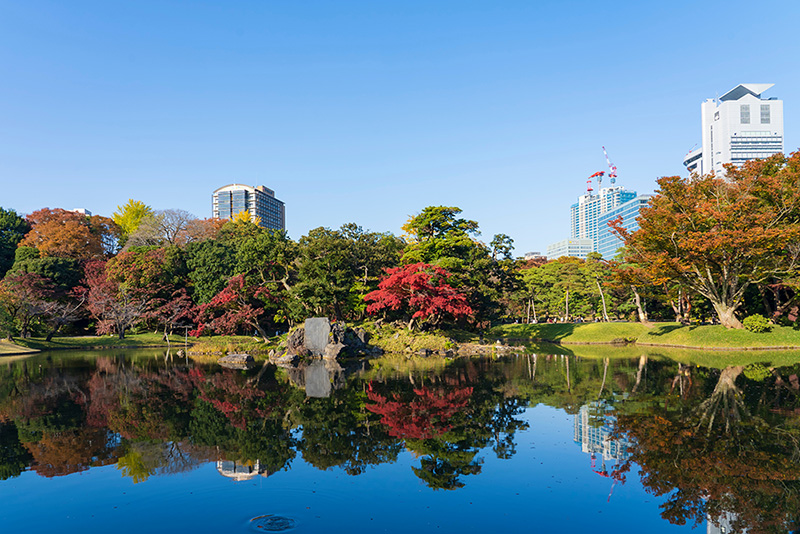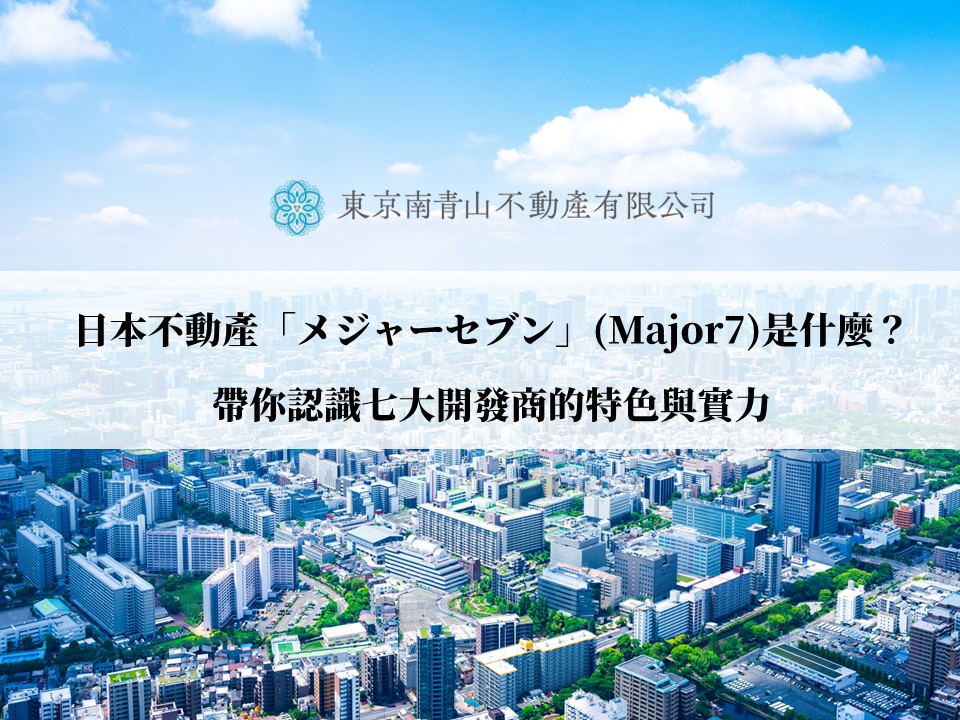Q4 (Apr-Jun 2022) real GDP growth rate (2nd preliminary reports): 0.9% YoY
Q4 real GDP (2nd preliminary reports):132 trillion 6375 billion yen / 1.6% YoY (Source: Cabinet Office)
This is the third issue of the MARE Monthly Real Estate Market Report. There has been progress regarding the Covid measures, the total number of incoming visitors has been raised and the reform line of the second Kishida reshuffled cabinet has become clearer.
This report on market conditions relevant to real estate is based on the latest information available as of 16 September 2022. We hope this will help you to know when it is a good time to buy or sell property.
【1.Second Kishida Reshuffled Cabinet: a draft framework for the formulation of a “Comprehensive Economic Policy” scheduled for October】
Following the recent inauguration of the new Cabinet, the 11th meeting of the Council on Economic and Fiscal Policy was held at the Prime Minister's Office on 14 September to discuss the new Cabinet's economic and fiscal management and priority issues for the second half of this year. This meeting, which has been held continuously since the beginning of this year, comprises the Prime Minister, the Minister of Internal Affairs and Communications, the Minister of Finance, the Governor of the Bank of Japan, the Minister of State for Economic Revitalisation and several experts from the private sector. This time, we cover the meeting because we consider it to be an important meeting that sets out the economic policies to be pursued by the new Cabinet in the future.
The meeting is positioned as an important advisory meeting for the formulation of the new Kishida cabinet's 'Comprehensive Economic Policy', which is to be compiled by the end of October this year. The policy is said to aim at seamlessly implementing measures to counter rising prices, which are expected to increase further in the future, and at making changes to strengthen the domestic economy in anticipation of the risk of a slowdown in the global economy due to the monetary tightening that is underway in the US and European countries. To realise the Kishida Cabinet's keyword 'new capitalism', the government will make problem-solving priority investments through public-private partnerships, in other words, to increase productivity by promoting investment and labour mobility, which have stagnated since the spread of the new covid, and to achieve sustained wage and income growth, which will be a countermeasure against rising prices and income outflows overseas.
Of particular note is the fact that the promotion of foreign direct investment in Japan is one of the most important policies. By seising the depreciation of the yen as an opportunity and actively attracting foreign demand, the policy aims to strengthen the economic structure through the development of technical human resources, wage increases, innovation from local regions, strengthening of export bases and the creation of start-ups. The government is determined to pursue national and international interests by deepening the use of manpower through investment in people domestically, and actively attracting foreign investment to Japan.
【2.Property Market Related Information: Basic Data on a Real Economy】
According to Table 1, the number of new housing starts continued to fall year-on-year for the third month in a row in July, -5.4%, as it has done since May. This is thought to be due to the continued lack of opportunities for business negotiations following the re-emergence of the spread of new covid cases, the wood shock, the Ukrainian crisis and the shortage of semiconductors, which led to a sharp rise in prices of all building materials, which were passed on to housing prices. However, trends in the new condominium market limited to Tokyo and the three prefectures show an increase in the number of new condominiums supplied, as can be seen in Table 2. While the number of new condominiums in Tokyo and Chiba has decreased by more than 20%, the number of new condominiums in all other prefectures has increased, with Saitama Prefecture seeing an increase of 106%. Average price and price per square metre have also increased by more than 20%, and Saitama is the only prefecture where the closing rate has also shown an increase, albeit at a relatively low level. In July, the overall contract rate was low, but for properties above the 20th floor, the contract rate was 75.5%, which is above the 70% level that indicates a favourable trend. The contract rate for properties above the 20th floor was 75.5%. In a property market where prices continue to rise, the trend of selective property transactions is showing a high trend.
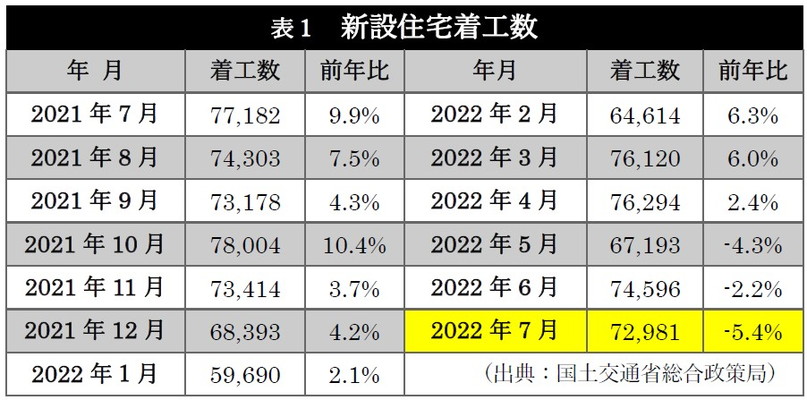
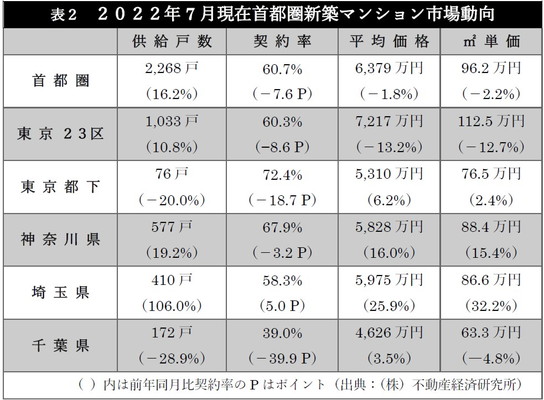
【3.Information on Property Market Trends: Economic Outlook】
Figure 1: "Trends in Asking Rents for 'Rental Flats and Apartments' in Major Cities Across the Country
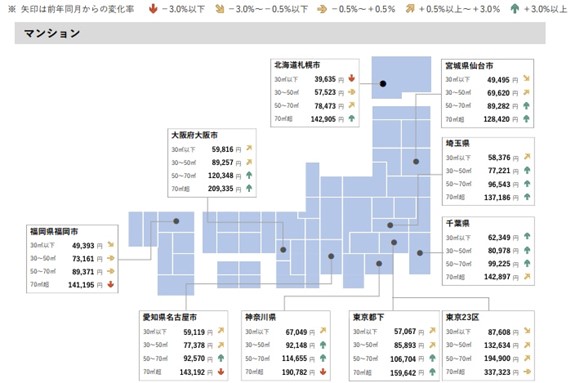
(Source: Cited from At Home Co.,Ltd. )
According to the "Trends in asking rents for 'Rental Flats and Apartments in Major Cities Across the Country" released by At Home Ltd. on 29 August 2022 (Figure 1) for the period ending 30 July 2022, including Tokyo and three other prefectures, rents increased year-on-year in all three prefectures except Kanagawa Prefecture, where rents for flats 70 m2 and larger increased year-on-year. The number of apartments in all three prefectures increased year-on-year, except for apartments of 70 m² or more in Kanagawa Prefecture.
According to At Home, the average asking rent for condominiums in all areas in Tokyo, Saitama and Chiba prefectures exceeded the same month last year for the third consecutive month. Rents for so-called 'couples' condominiums (30-50 m2) were higher than in the same month of the previous year in all 10 areas surveyed nationwide, and especially in Tokyo, Saitama and Chiba prefectures, where rents have reached their highest levels since January 2015.
This upward trend in rents is mainly due to a trend of avoidance of property purchases, driven by rising long-term fixed interest rates on mortgages. Interest rates have been rising one after another in many countries around the world as a measure to control inflation, and the effect of this is manifesting itself in the form of higher long-term fixed interest rates among Japanese financial institutions. As a result, an increasing number of residents are opting to rent, with the result that rental prices continue to rise. In particular, there are many rental dwellings in Tokyo and the three prefectures, and the trend towards choosing to live in rented accommodation to avoid the effects of rising interest rates is likely to continue, with rent levels likely to continue to increase.
The following section, Figure 2, shows the population trends in the Tokyo metropolitan area and the three prefectures over the past four months. Tokyo, Saitama and Chiba prefectures have all continued to see population growth, while Kanagawa Prefecture saw an outflow of around 700 people in July. In addition to Tokyo, population growth is also steady in Saitama Prefecture. This is the main factor behind the increase in housing supply in Saitama Prefecture, as confirmed in Table 2, and combined with the development of urban space through a series of redevelopment projects centred on Omiya, makes the author very interested in future market trends.
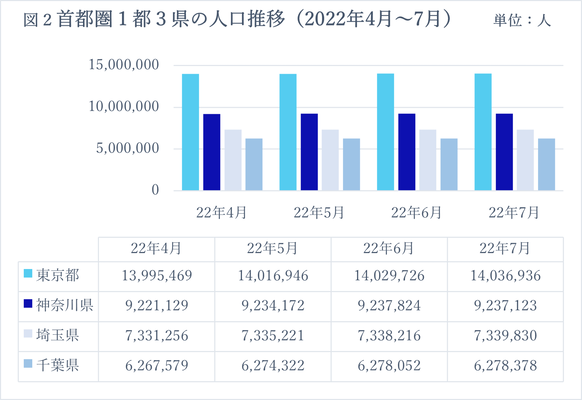
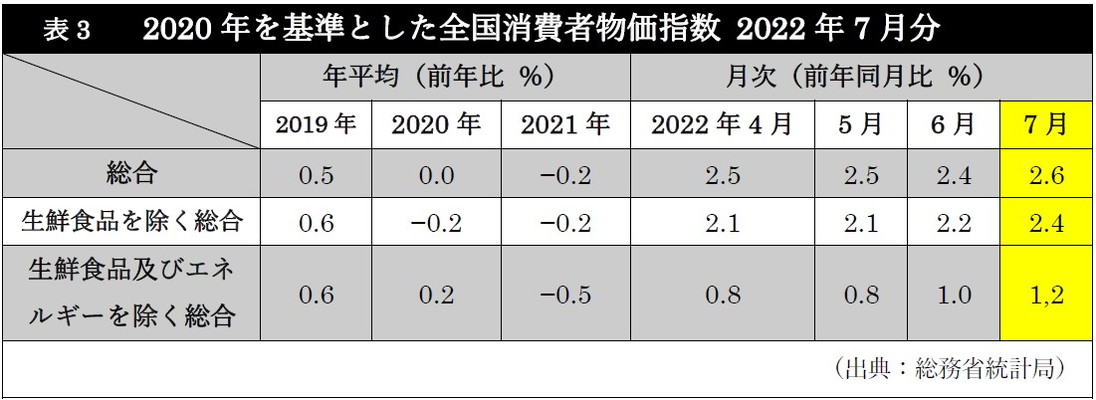
(Source: Compiled by the author based on demographic data from the Tokyo, Kanagawa, Saitama and Chiba city governments / as of 14 September 2021).
Table 3, National Consumer Price Index, shows that the composite value increased by 0.2% from last month, with the composite excluding fresh food also increasing by 0.2% and the composite excluding fresh food and energy also increasing by 0.2%. The overall value has exceeded 2% for four months in a row, mainly due to the impact of higher resource prices and a weaker yen. The increase is expected to continue in the future as these two effects are passed on to prices. Bank of Japan Governor Kuroda has long expressed the view that wages will rise in a rising price environment, and as mentioned at the beginning of this report, the groundwork is being laid for the realisation of the 'wage hike expectations' shared by the Kishida Cabinet and the Keidanren (an interest group that is made up mainly of major Japanese companies and retains significant influence in the political arena).
Figure 3 in the next section, Cabinet Office Business Conditions Index, shows that the leading index fell for the third consecutive month to minus 0.7 points compared to the previous month. This was the second consecutive month of decline, with the three-month backward moving average (the high/low value calculated by comparing the value for the month under study with the average of April, May and June and the average of May, June and July) falling by 0.90 points, and the seven-month backward moving average (the value for the month under study with the average of December, January, February, March, April, May and June and the average of January, February, March, April, May, July) falling by 0.90 points. The seven-month backward moving average (the high/low value calculated by comparing the value for the month under study with the average for December, January, February, March, April, May and June and the average for January, February, March, April, June and July) fell by 0.46 points, again for the second consecutive month.
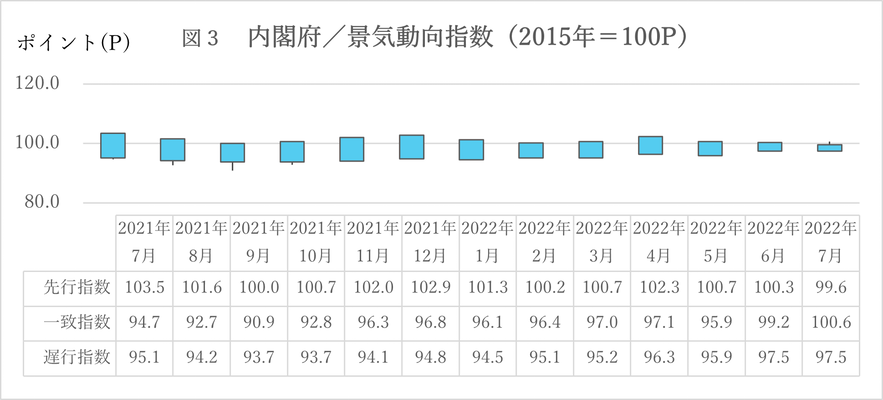
In the coincident index, the index increased by 1.4 points compared to the previous month, which is the second month in a row of increases. The three-month backward moving average increased by 1.17 points, the second consecutive month of increase; the seven-month backward moving average increased by 0.51 points, the ninth consecutive month of increase.
In the lagging index, the figures were similar to the previous month: the three-month backward moving average rose by 0.40 points, an increase for the eighth consecutive month; the seven-month backward moving average rose by 0.39 points, an increase for the sixth consecutive month; the seven-month backward moving average rose by 0.40 points, an increase for the seventh consecutive month; the three-month backward moving average rose by 0.40 points, an increase for the eighth consecutive month.
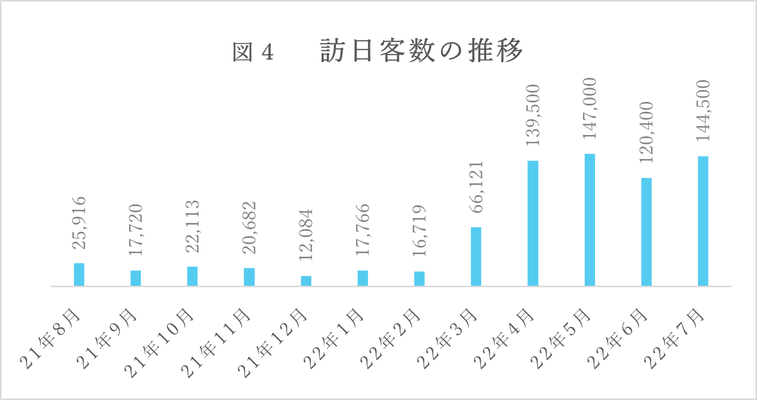
(Source: Japan National Tourist Organisation)
Figure 4 shows the number of visitors to Japan, as published in last month's report (figures for August were not published as of 19 September).According to an announcement by the Cabinet Secretary on 1 September, package tours for tourists that were supposed to be accompanied by an accompanying tour operator since March 2022 will also be permitted without an accompanying tour operator from 7 September. The number of countries and regions covered by such tours has been extended to all countries and regions. In addition, the total number of visitors to the country, which had been set at 20,000 per day, was raised to 50,000. Furthermore, the submission of a negative certificate is no longer required for those who have completed three doses of the vaccination against new covid. The government also intends to gradually facilitate other entry procedures, aiming to bring entry standards on a par with G7 countries.
【4.Prospects for Future Property Purchases】
As we confirmed at the beginning of this report when we mentioned the 11th Economic and Fiscal Council, it is predicted that the expansion of investment in Japan, which is essential to support the "investment in people" that is the cornerstone of the "new capitalism" that Prime Minister Kishida has set out under his banner, will be the focus of a major effort to attract more investment into Japan. In other words, conditions will be put in place to improve the investment environment in Japan and make it easier than ever for investors from outside Japan to invest in Japan. However, the yen's depreciation against the dollar, which stood at 143.02 yen on 16 September (109.4 the same day last year), some 31% higher than the same day last year, is encouraging property purchases. In addition, as confirmed on page 3, rent prices in the three prefectures of Tokyo have continued to rise in most area bands, and rental demand is expected to rise in the future, as people are less concerned about the possibility of higher interest rates, making conditions suitable for purchasing investment properties.


